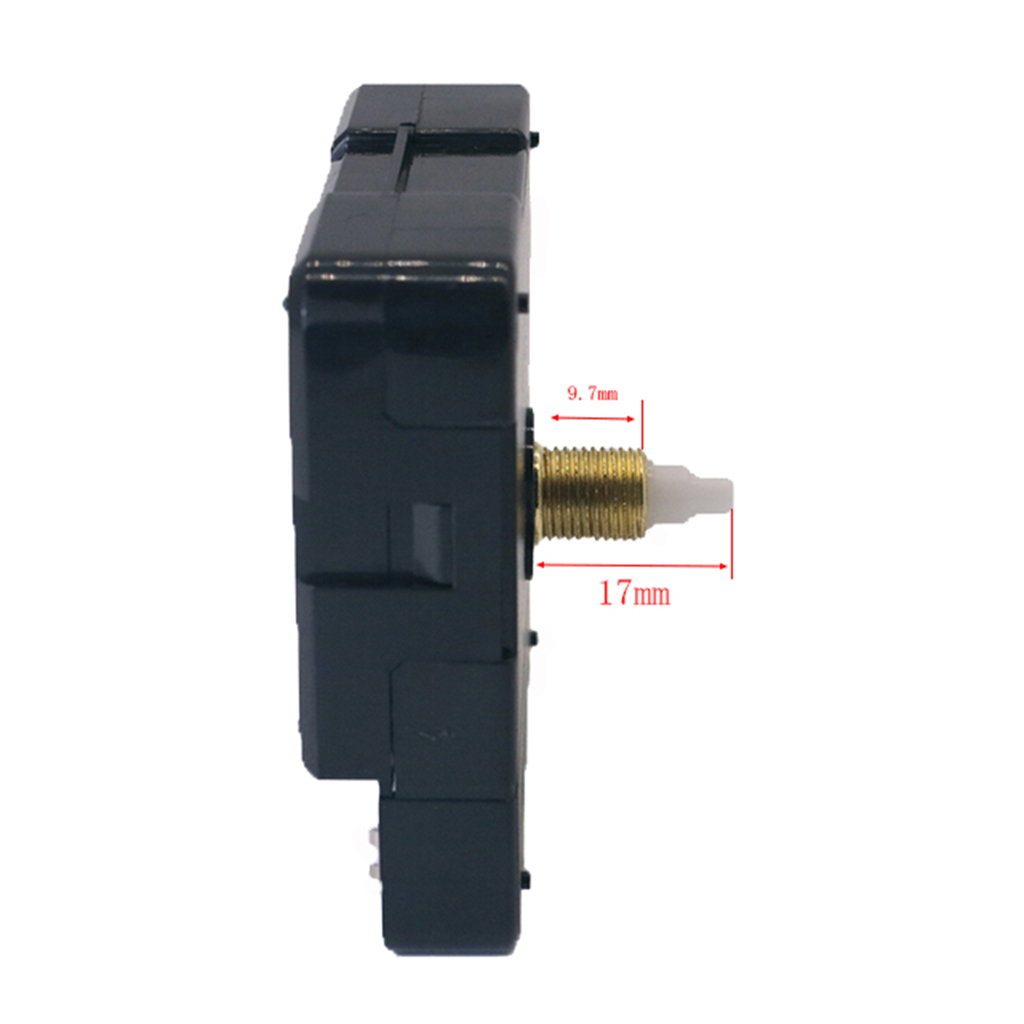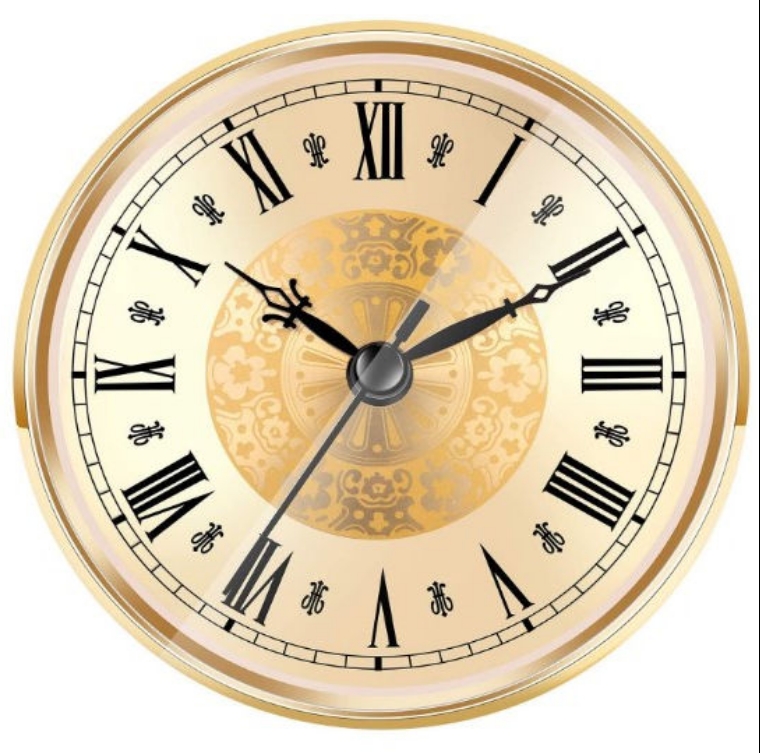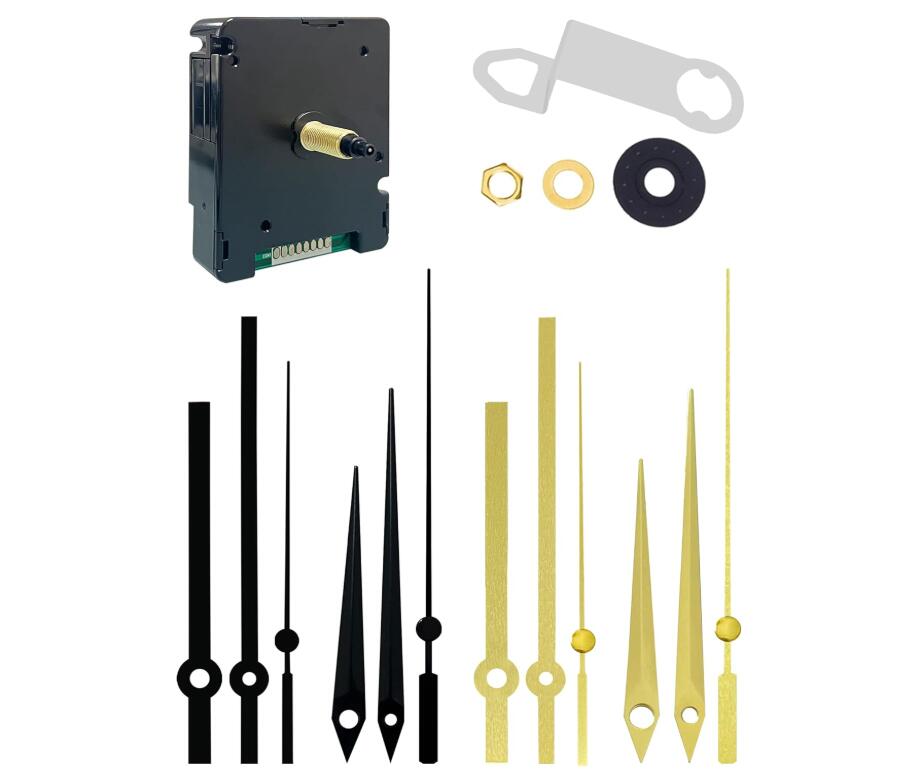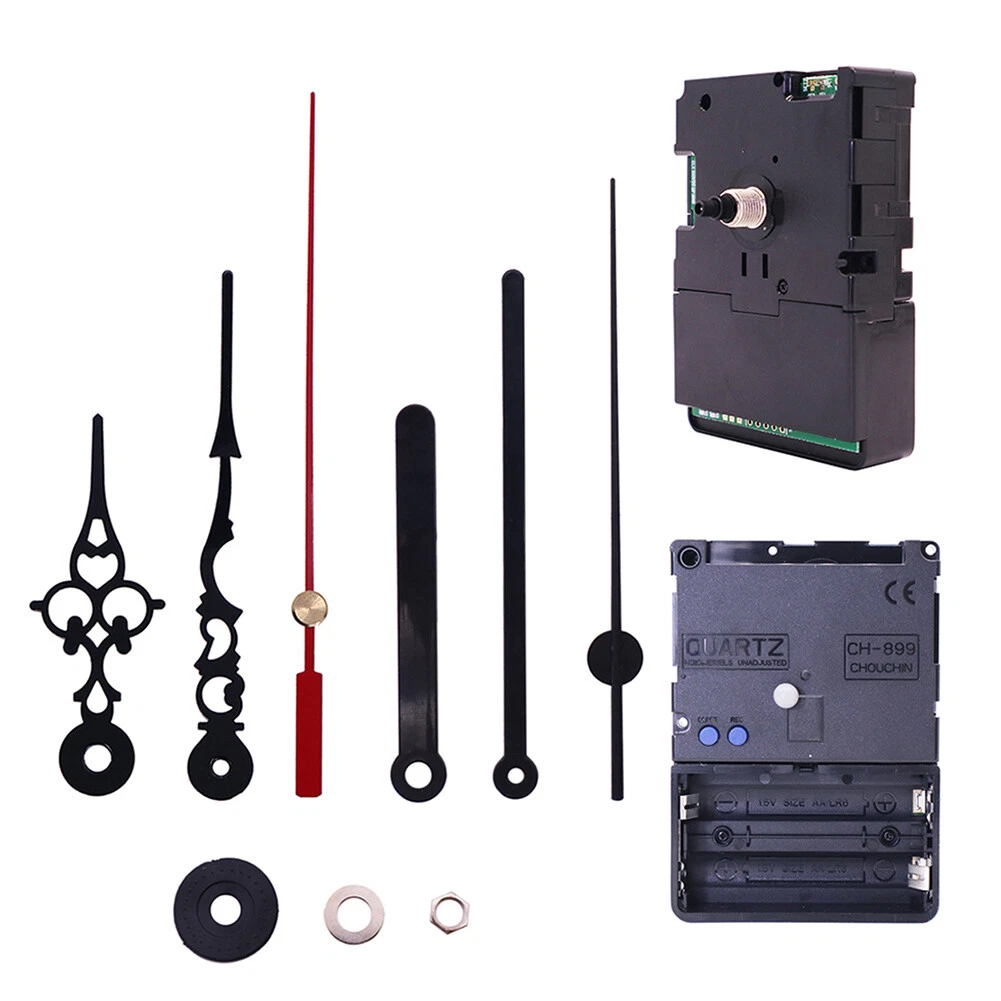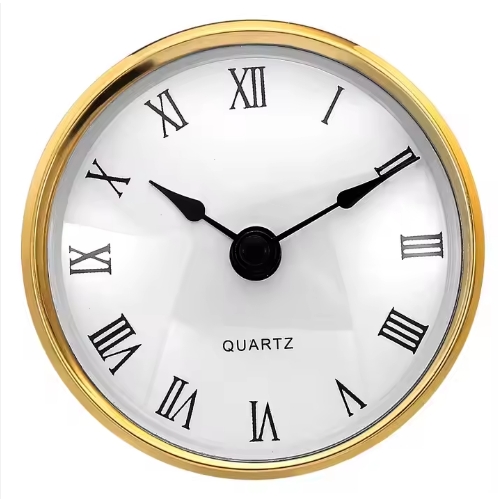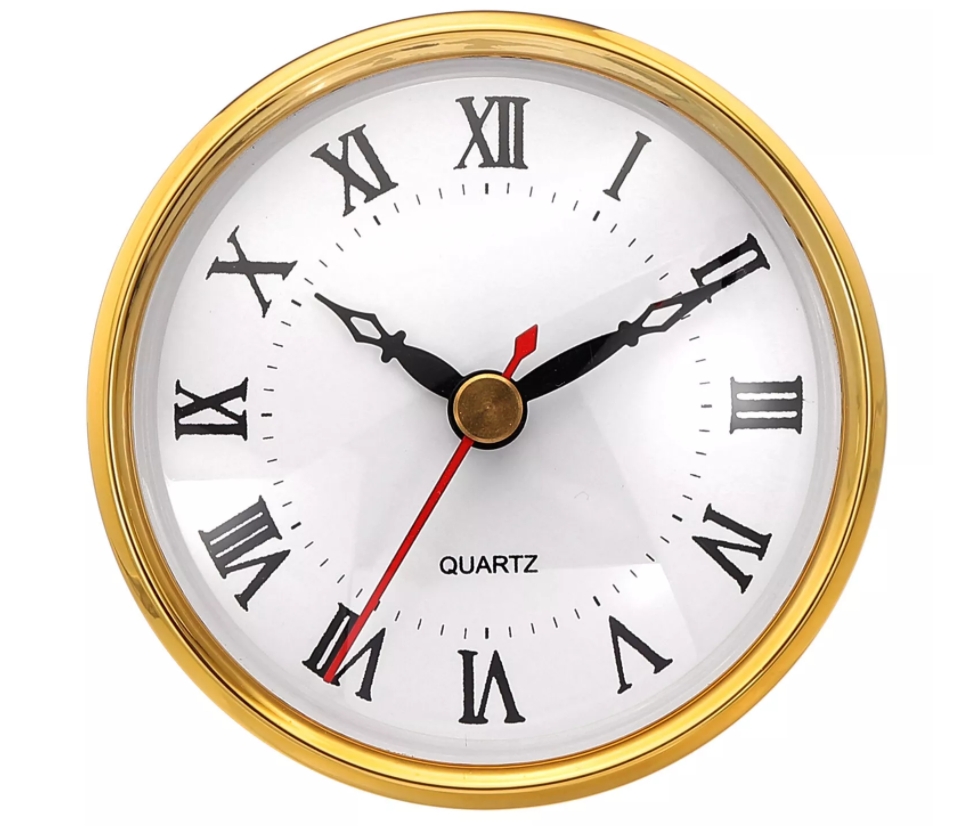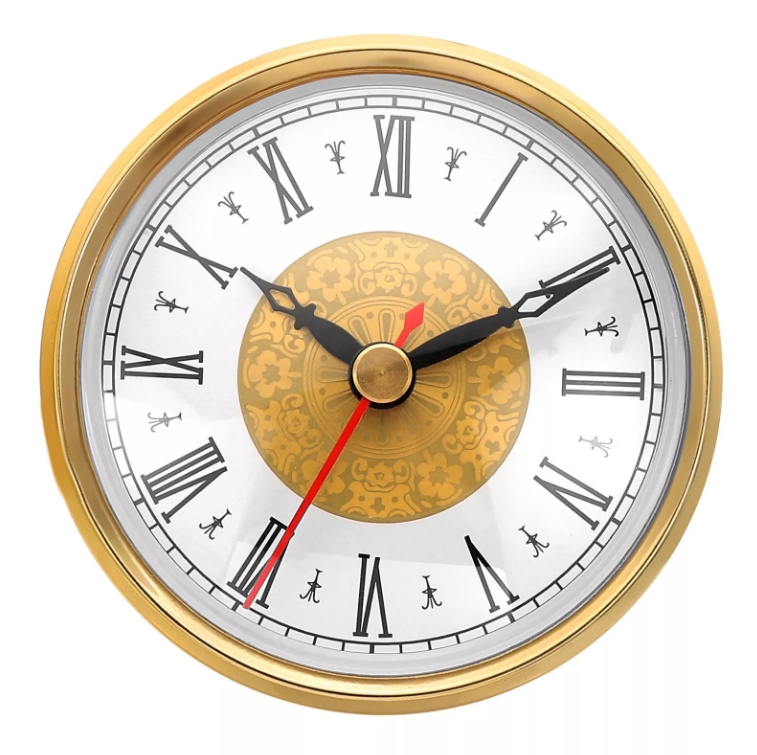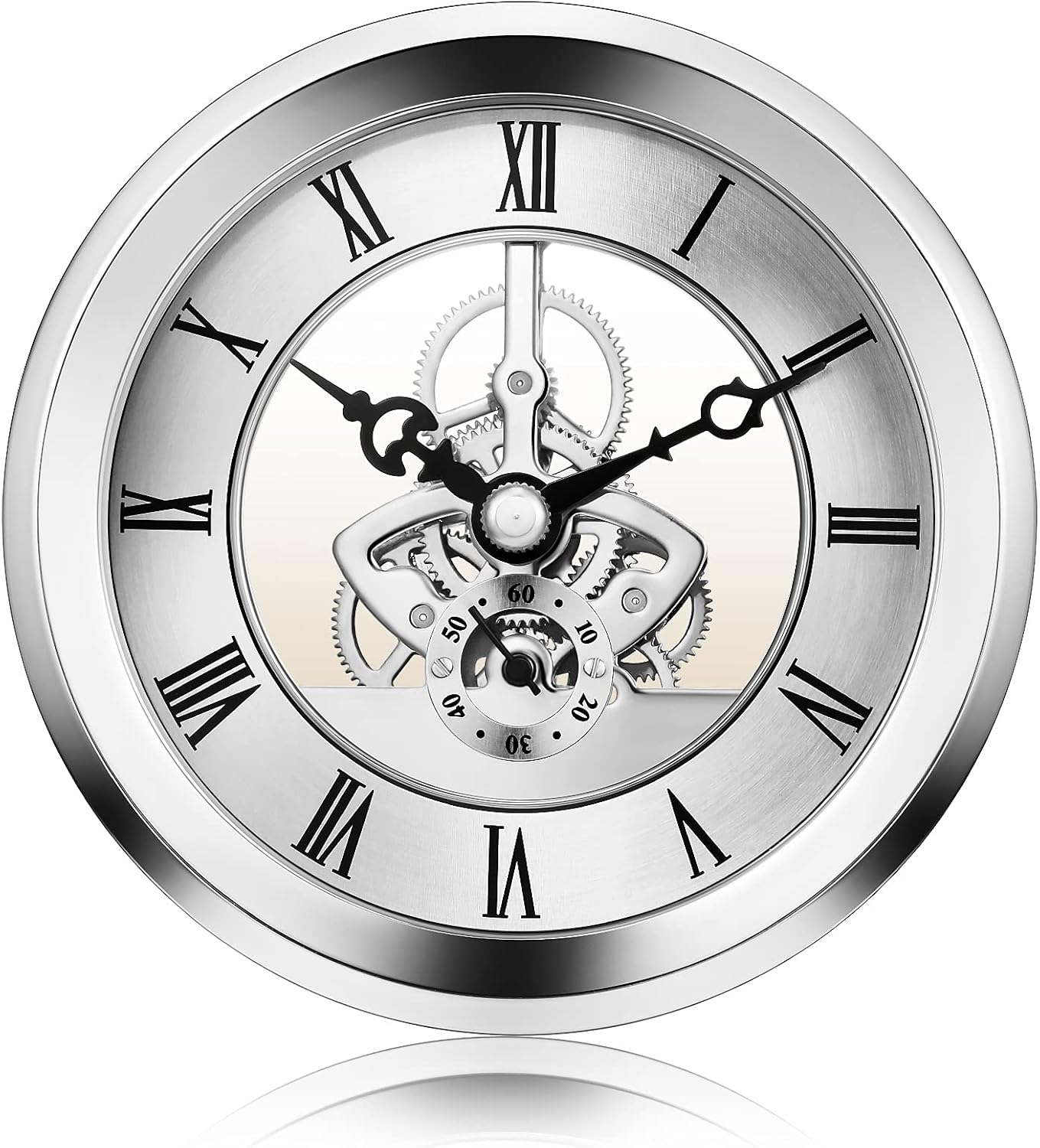



Most types of clocks are built around some form of oscillator, an arrangement that goes through an endless sequence of periodic state changes, designed to provide a continuous and stable reference frequency. The periods of this oscillator are then counted and converted into the desired clock display.
* Mechanical clocks use a pendulum as their oscillator, which controls the rotation of a system of gears that drive the clock display.
* Electrical clocks use electrical current to run, rather than requiring manual winding and weights.
* Crystal clocks use an electronic quartz crystal oscillator and a frequency divider or counter. Most battery-powered crystal clocks use a 215 Hz = 32.768 kHz oscillator.
* Atomic clocks use a microwave oscillator (maser) tuned by the energy transitions of elements such as caesium, rubidium or hydrogen. These are the most precise clocks available. Atomic clocks based on caesium are used as the official definition of time today.
* Mains power clocks count the 50 or 60 hertz periods of their AC power.
- Sweep clock movement
- Clock hands
- High torque clock movement
- Skeleton clock movement
- Radio controlled clocks
- Pendulum clock movement
- 24 hours clock movement
- Tide clock movement
- DIY clock movement
- Round clock movement
- Quartz clock movement
- Clock inserts
- Watch inserts
- Clock parts
- Clock dials
- Wall clocks
- Plastic clock movements
- Toy clock movements
- Hook clock movement
- Alarm clock
- Clock movement
- Movements package
- Clock hands catalog



Sitemap Admin Powered by: hkwww.cn
Tel: 86-769-85532891 E-mail: talent@hengrongclock.com.cn http://www.clockmovements.cn
Keywords: clock movement, clock parts, clock hands, clock mechanism, clock accessories, cuckoo clock, alarm clock, insert clock





